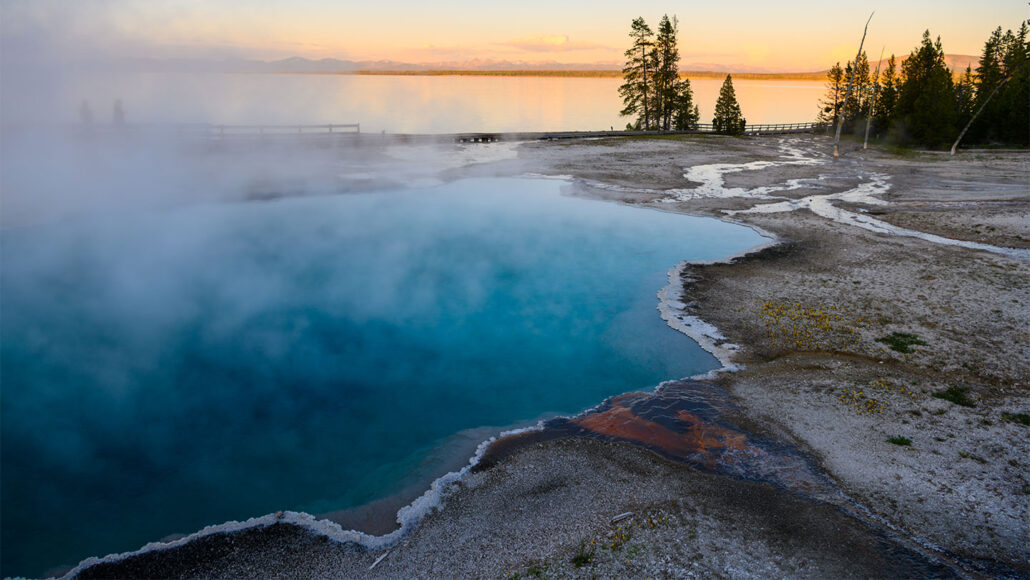Questions for ‘As Yellowstone’s supervolcano slumbers, another big danger lurks’

The area around West Thumb Geyser Basin and Yellowstone Lake has been rocked in the past by many hydrothermal explosions. They’re powered by the same heat from underground magma that feeds the park’s famous hot springs and geysers.
Siraphob Tatiyarat/Moment/Getty Images